Vintage Soviet Photos of Catherine Palace in Leningrad USSR Postcards from St. Petersburg
34,00 $
1 in stock
LIST OF PHOTOS(14 postcards)
Catherine Palace
Grand Staircase
Great Hall
Cavalier Dining Room
Picture Gallery
Alexander I’s Parade Study
Green Dining Room
Waitstaff Room
Blue Drawing Room
Chinese Drawing Room
Antechamber
Resting room
Painting Cabinet
Vestibule before the Church
Central Gates of the Palace Fence
Size: 135x85mm
Published in 1982
Note: Photo of an Antechamber is missing and the photo of Green Dining room has been a bit torn(check the photos)
Text on the inside:
The Catherine Palace is one of those magnificent buildings that, according to Lomonosov’s figurative expression, ‘should multiply the number of stars.’ Among the remarkable monuments of Russian architecture from the mid-18th century, it stands out for its spacious design, astonishing richness of sculptural decor forms, and the elegant combination of light turquoise wall color with gilded ornaments. The frontal orientation of the main three-hundred-meter facades towards the park and the ceremonial courtyard enhances the impression of monumentality.
For two hundred years, the palace served as the grand imperial residence. After the Great October Socialist Revolution, it was transformed into a historical and artistic museum.
The stages of the palace’s construction reveal the evolution of its artistic character. The initial structure, built between 1717 and 1723 by architects I. Braunstein and Ya. Ferster, was known as the ‘stone chambers with 16 chambers.’ It was the palace of Peter the Great’s wife, Catherine, who owned the estate known as Sarskaya Myza, later renamed Tsarskoye Selo (now Pushkin). In 1744, construction resumed on a much larger scale. Over the course of 12 years (1744-1756), thousands of workers were involved in transforming the ‘chambers’ into the grand palace of Empress Elizabeth. Initially, architects M. Zemtsov, A. Kvasov, and S. Chevakinsky worked on the project, but from 1752, the renowned master of baroque palace ensembles, F. B. Rastrelli, took over.
Rastrelli was the author of the lavish facade decoration of the main building, its adjoining wings, and the palace fence. He also designed the interior layout of the palace and the decorative elements of the Parade Suite. Notably, the Grand (or Throne) Hall, adorned with countless carved and gilded figures and ornaments, as well as the Picture Gallery and the Amber Room, gained special fame.
By the middle of the 19th century, artistic interiors had taken shape. They were first opened for public viewing on June 9, 1918.
At the beginning of the Great Patriotic War (World War II), valuable collections of paintings, porcelain, furniture, and fabrics were evacuated to Siberia and the Urals. The fascist occupiers looted the remaining treasures and damaged the palace. Fires in 1942 and 1944 completely destroyed its former beauty.
Reconstruction work began in 1957 under the guidance of architect A. A. Kedrinsky, who was the author of the overall restoration project for the palace ensemble. Seventeen artistic interiors have been restored, including the Picture Gallery, the Knight’s Dining Room, the Green Dining Room, the Blue and Chinese Drawing Rooms, the Resting Room, and the Painting Cabinet, as well as the Parade Cabinet and several other rooms.
The restoration of the palace continues. The inspired efforts of a creative team of architects, museum staff, builders, and restorers from various specialties define the possibility of the authentic revival of this globally renowned monument of Russian artistic culture.
— V. Lemus
Shipping worldwide by registered airmail from Ukraine Your order will be packaged carefully to ensure it gets to you in perfect condition.
Shipping: All items are shipped via priority mail with tracking number. Shipping usually takes 1-4 weeks.
Delivery times are approximate and I can not guarantee 100% delivery time, especially before the holidays (such as Christmas).
Don’t hesitate to contact me if you have any questions or suggestions
Only logged in customers who have purchased this product may leave a review.
Related products
Soviet awards and badges

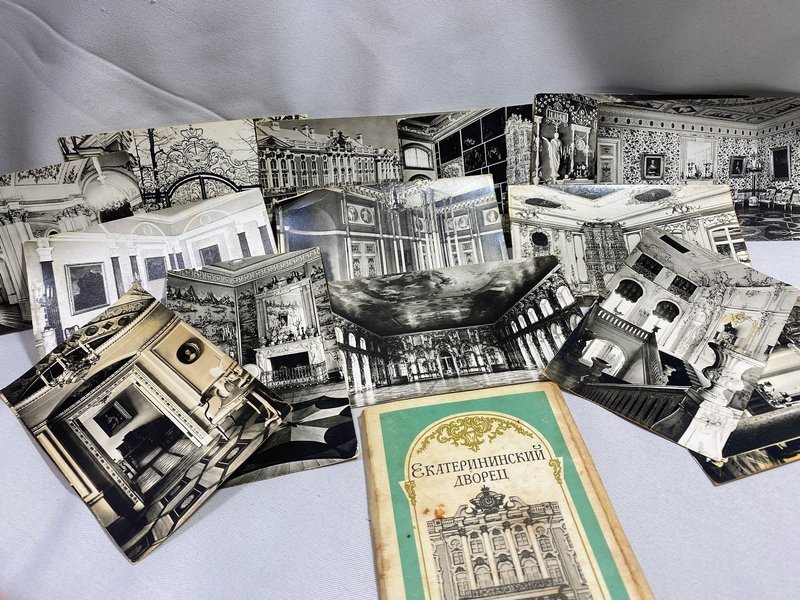
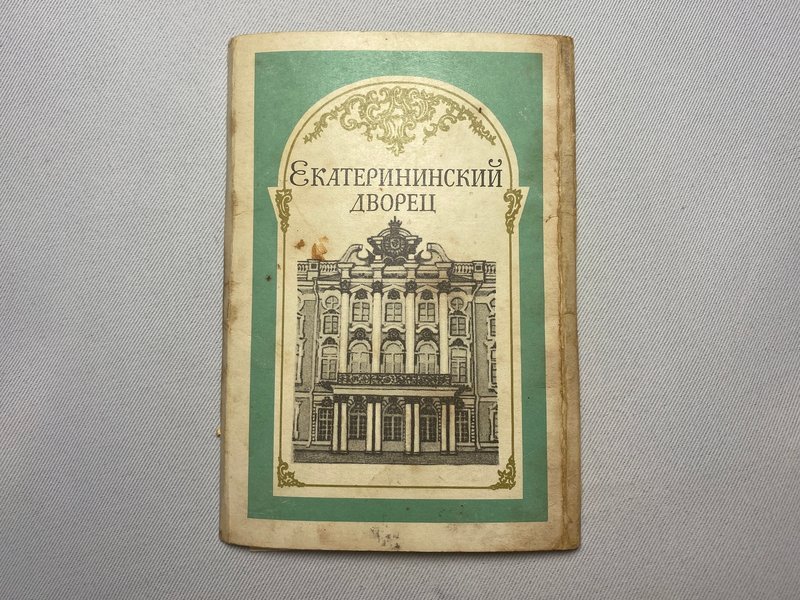
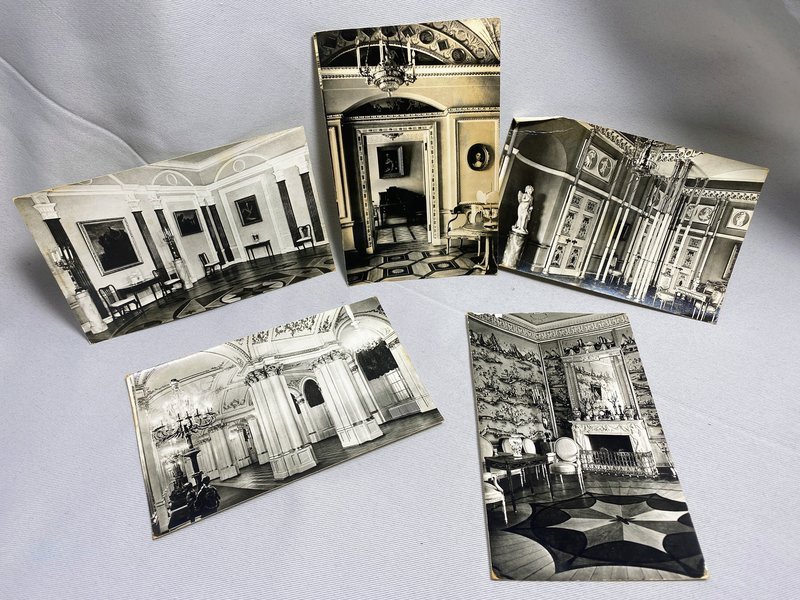
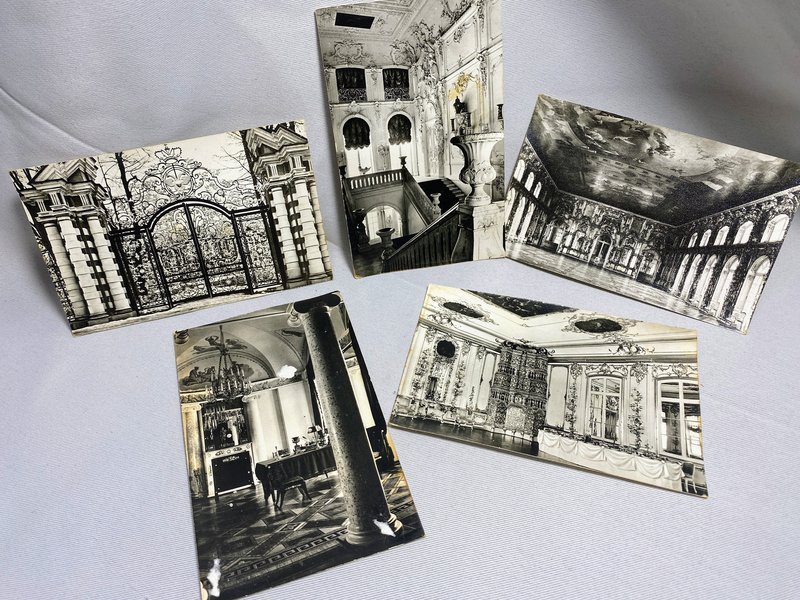
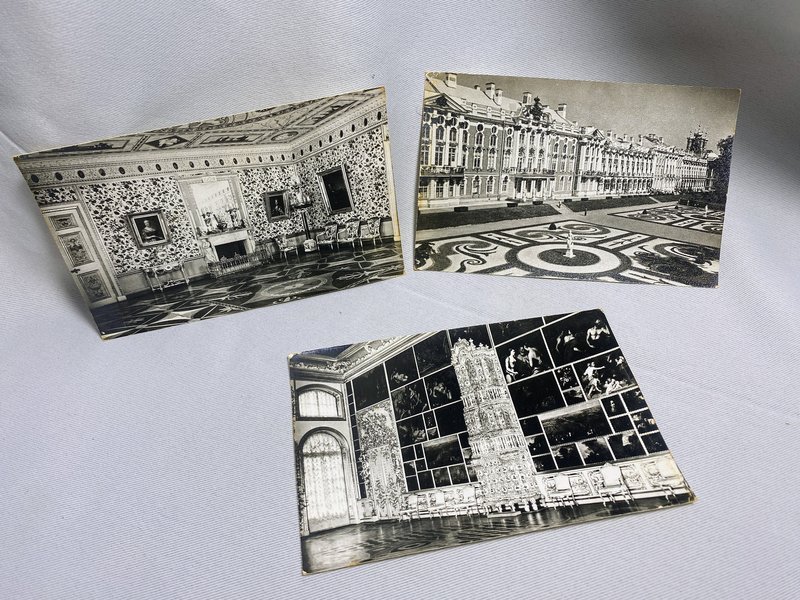
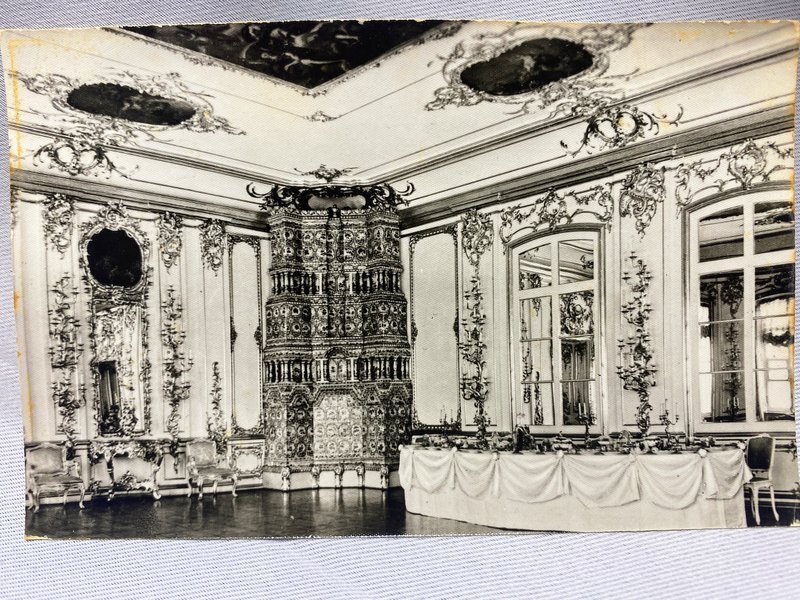
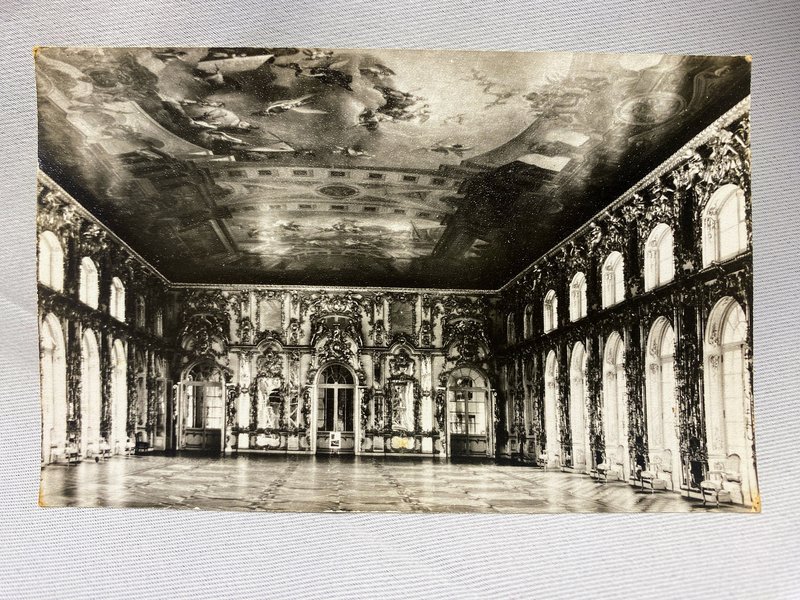
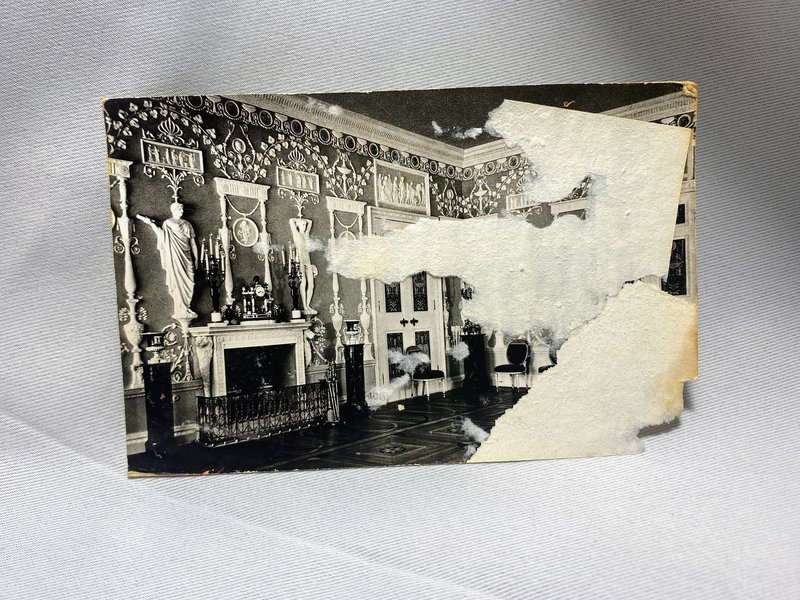
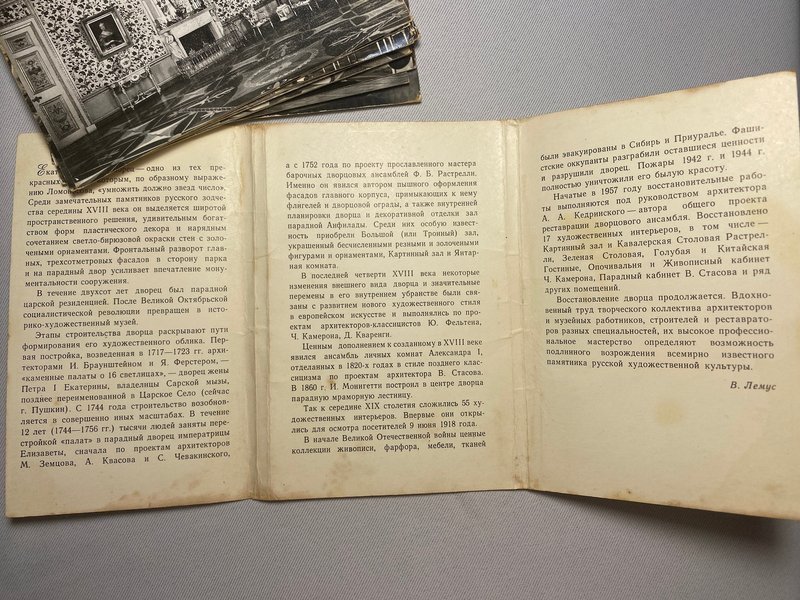
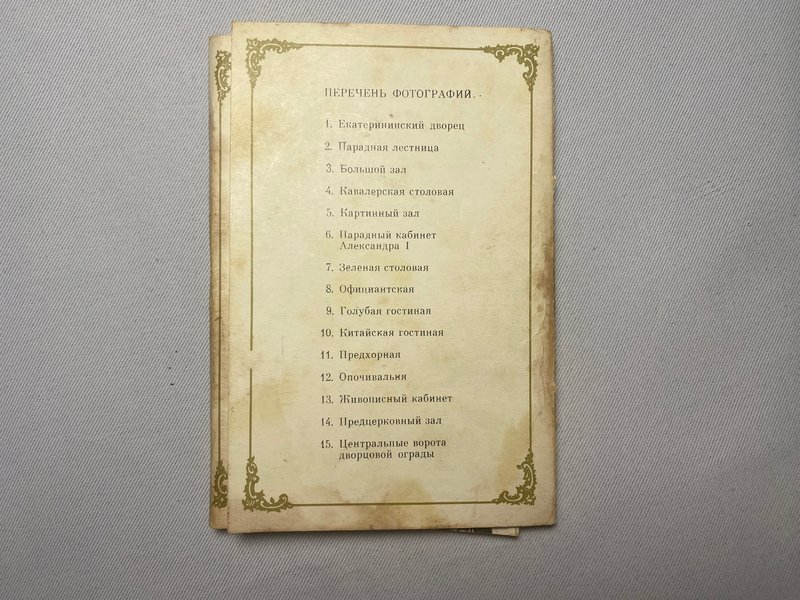



























Reviews
There are no reviews yet